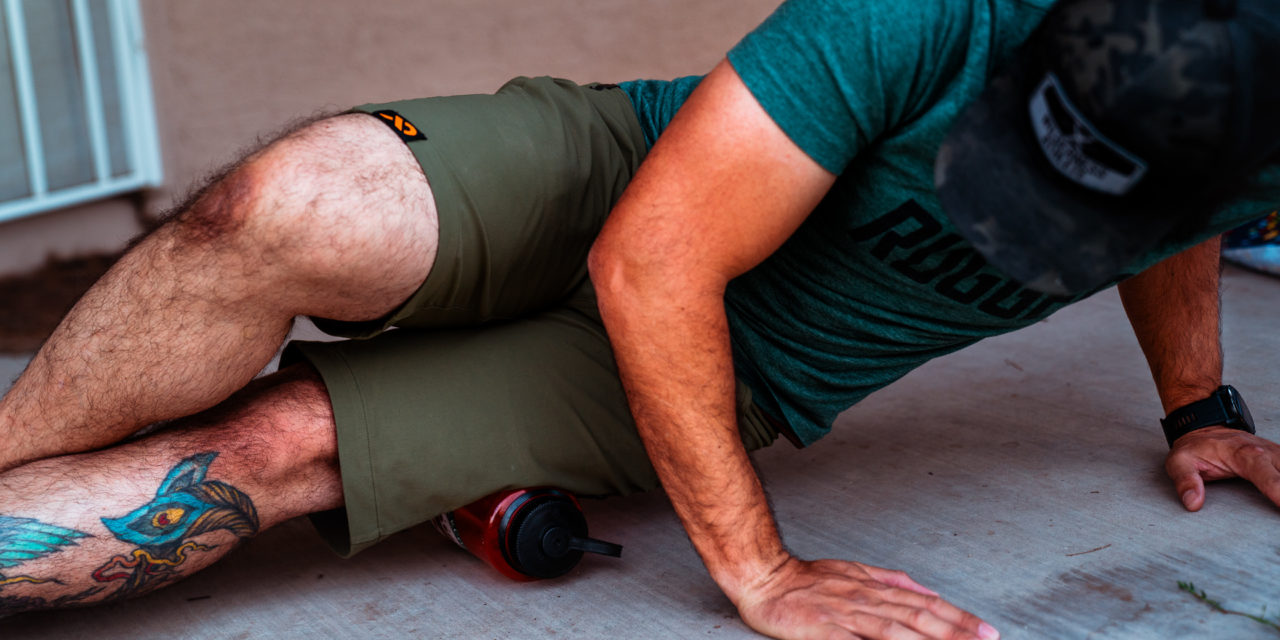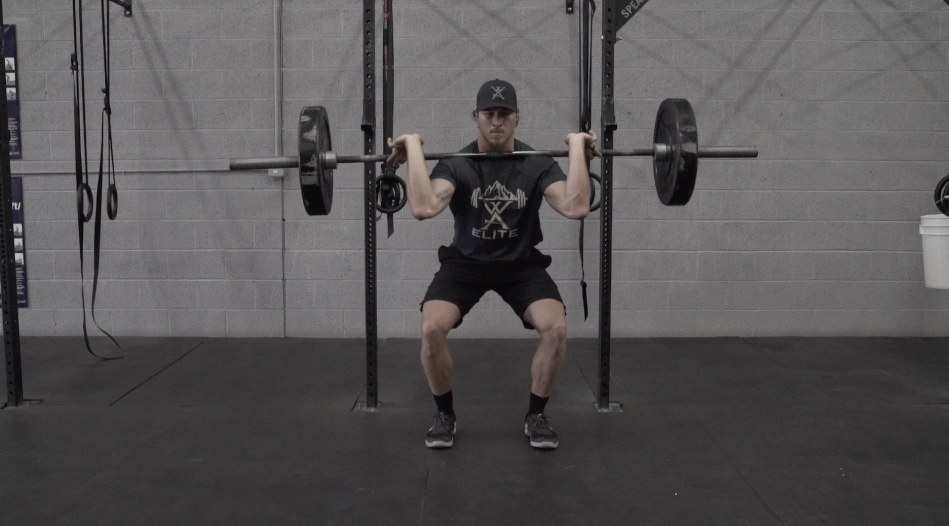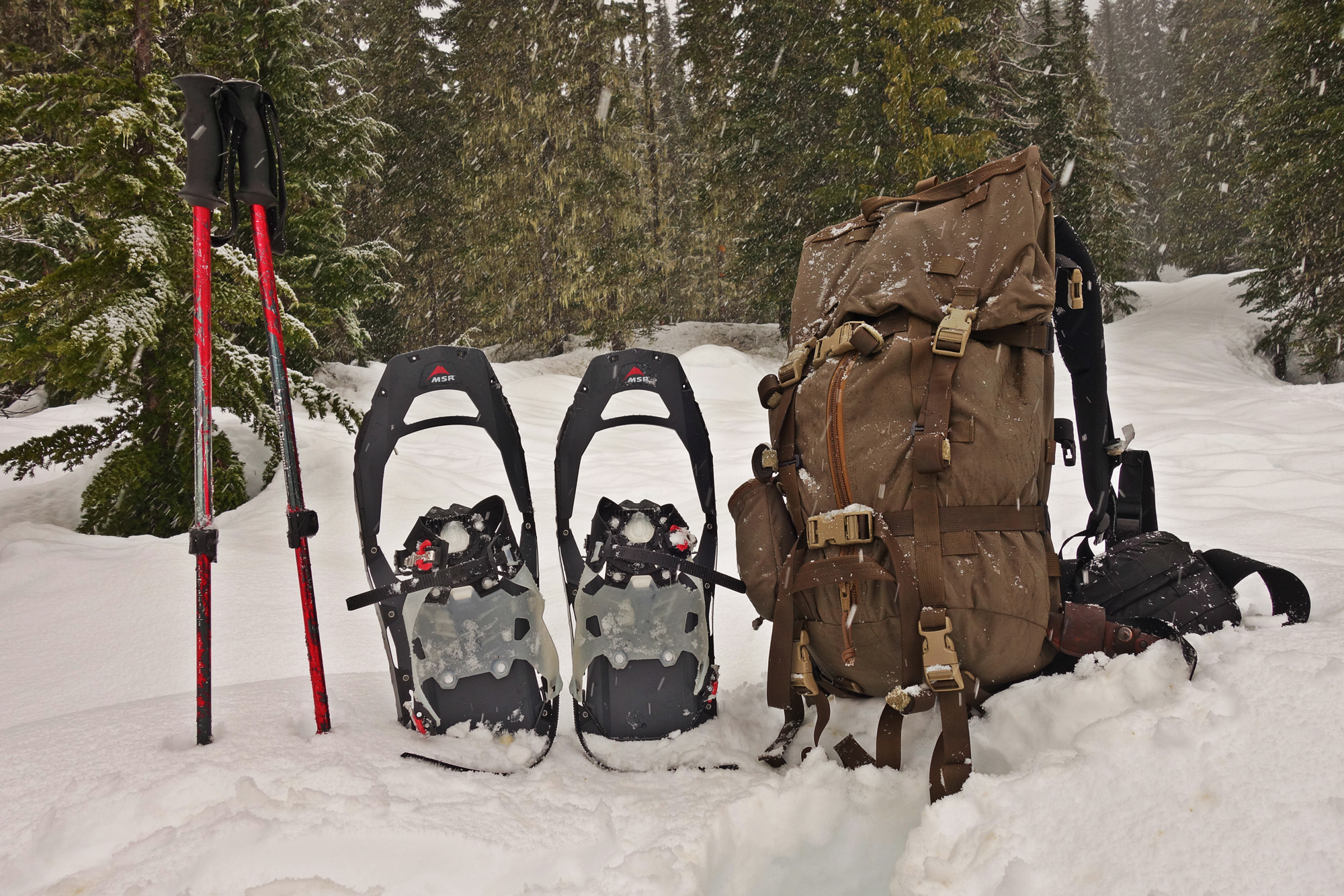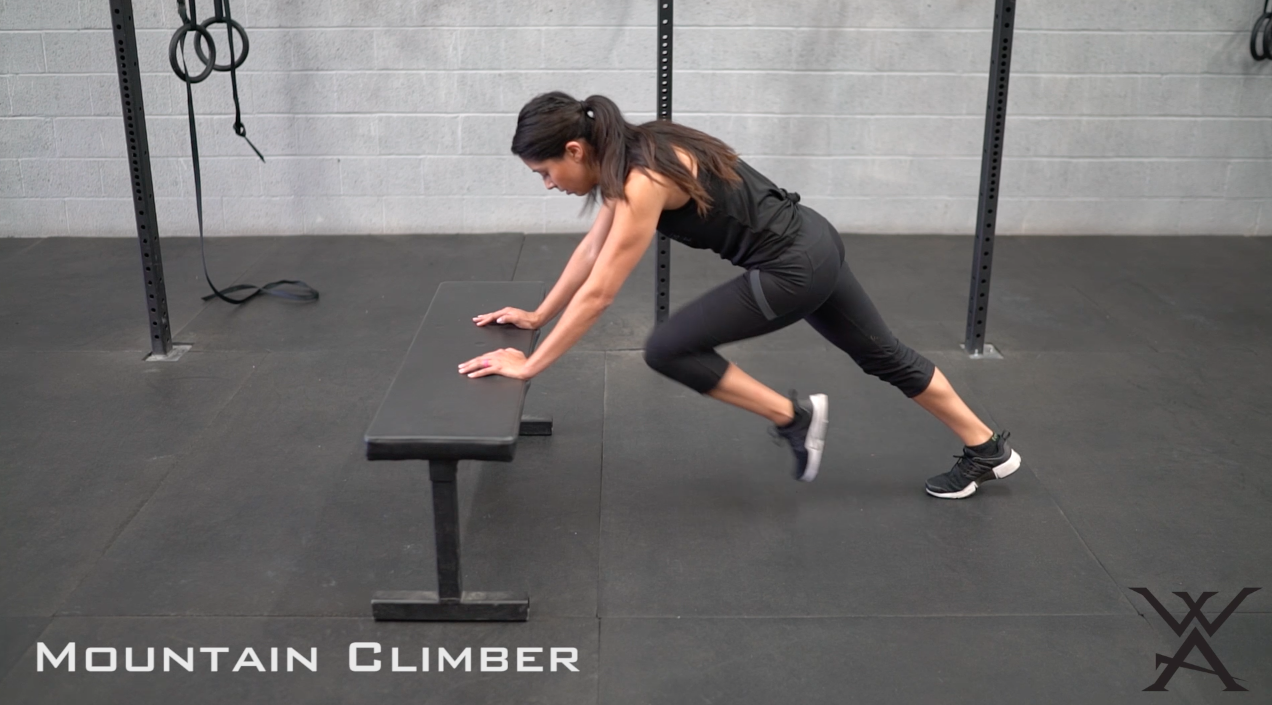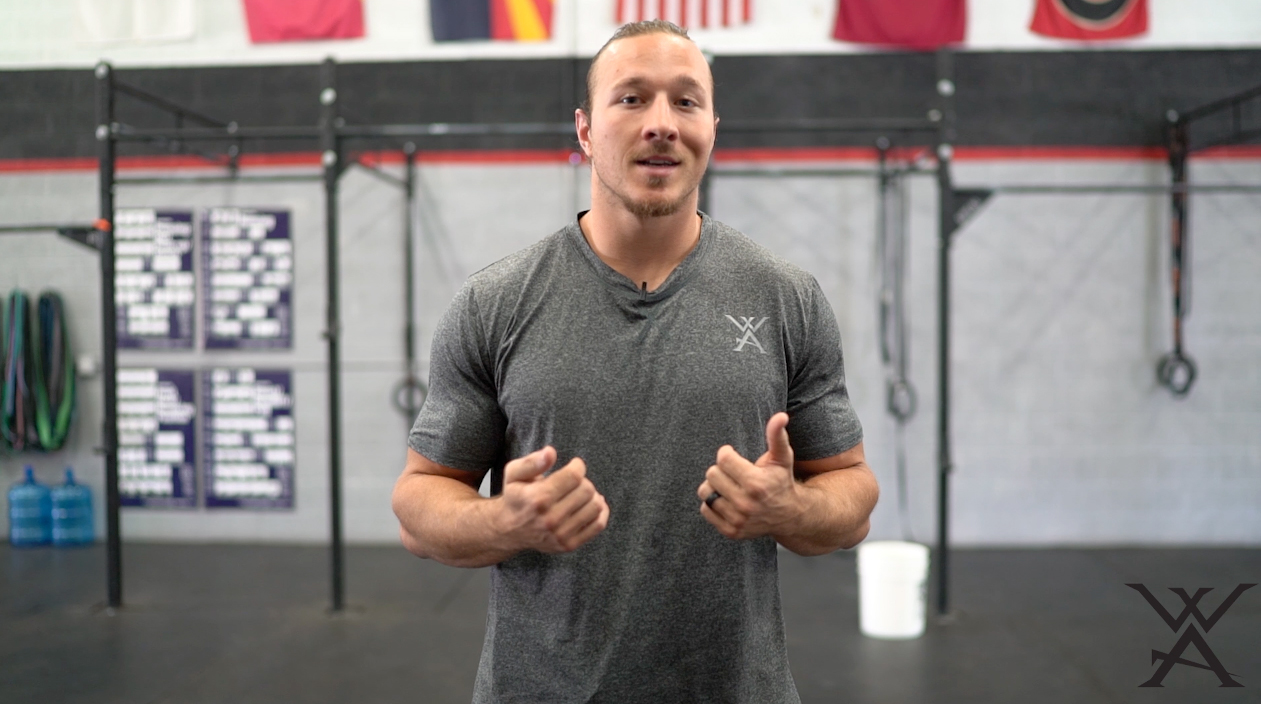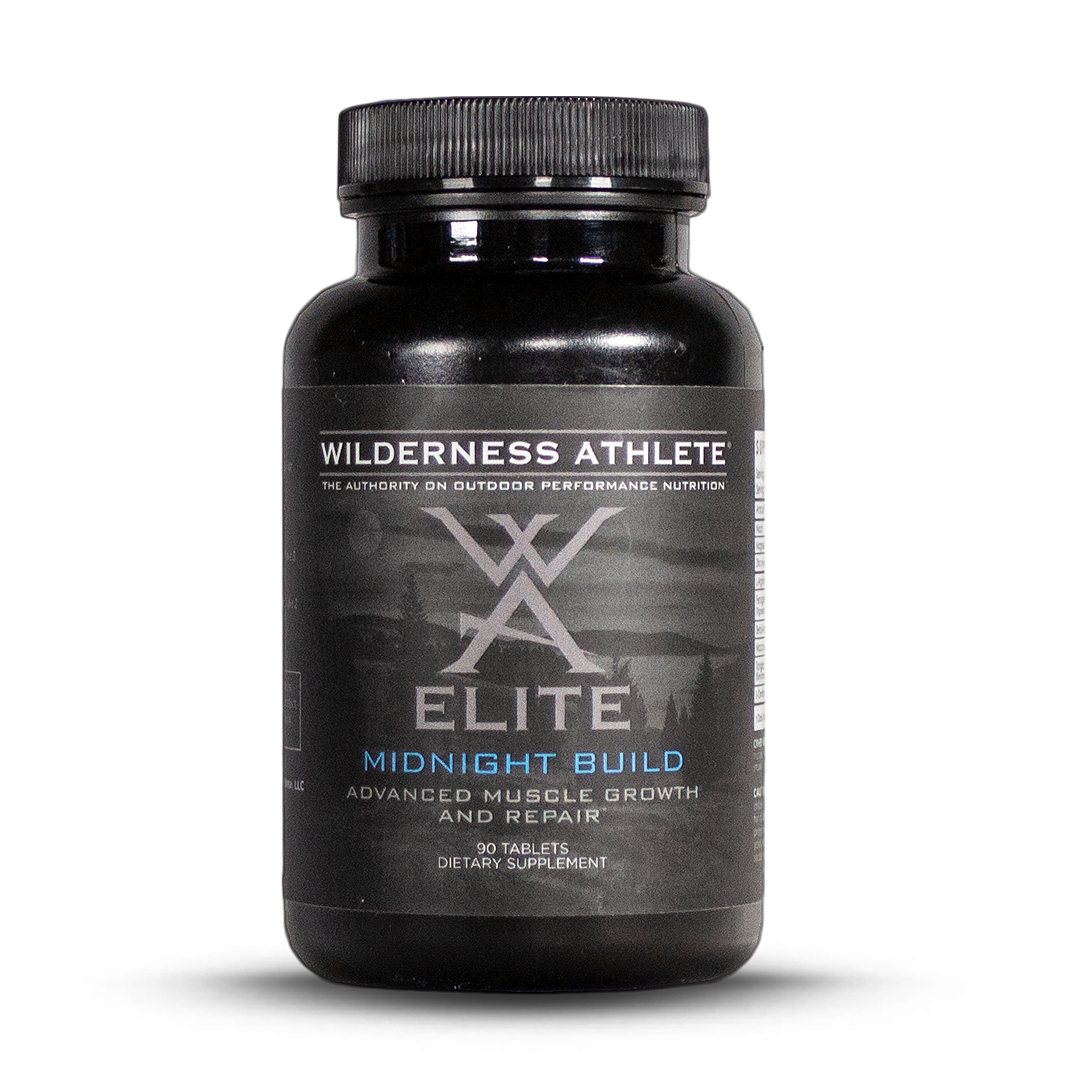Backcountry hunting is 100% a marathon. It’s a game of endurance both mentally and physically. So, one could say a most valuable trait of a backcountry hunter is their “go” day after day. Sleeping in the dirt and pounding your body into oblivion is often romanticized by many, but once in the thick of it, it can wear on a person. Having a solid backcountry recovery routine will go a long way in the mountains, adding to the fuel tank, and elevating that “go” we mentioned. While everyone’s body is different, here are some general rules to live by that will aid in recovery and help push one that extra mile or day.
Stay Hydrated
Our bodies are made up of around 60% water, with our muscles being 79% water. As we exercise and sweat, that water is depleted through the biggest organ we have, our skin, in order to try and regulate our body temperature. So, what I’m getting at, is water is a big deal for us. Staying hydrated on our backcountry endeavors is paramount for performance as the days roll by. If we deny our muscles hydration, it can lead to muscle cramping. A good friend of mine has been dealing with this lately and has seen a massive difference by simply drinking water throughout the day and downing a Hydrate & Recover before bed. Sounds easy, because it is, but it works. Along with helping with muscle performance, staying hydrated also affects our brain. So, not only will your body perform better, but so will your mind.

In the heat of the hunt, it’s easy for our attention to be swayed away from drinking water. I get it, trust me. For that reason, it’s important that we make drinking water hassle free. Water bladders are a great way to effortlessly take drinks throughout the day. With the tube right on one’s shoulder, just grab it, swig, and keep hunting. Personally, I carry a 3L bladder on all of my hunts. If bladders aren’t your thing, consider snagging up a Nalgene carrier to throw on the waist belt of your backpack. This is exactly what my buddy did that I mentioned above. Water is always right on his hip, ready to rock.
Roll it Out

From the abuse we put on our bodies comes some inevitable consequences. With some maintenance, we can mitigate these issues and keep trucking. Sometimes our muscles can have a tendency to “ball up,” as I call it. This is most common in IT bands and hamstrings with all of the hiking we’re doing. Basically, if you feel a knot of some intensity, it can be pretty annoying to deal with. It can be downright painful and possibly put a damper in your hiking plans for the day. There is a fairly easy way to deal with this. All one needs is a Nalgene bottle. If you’re familiar with using a foam roller, you’re already an expert. Just replace the foam roller with your Nalgene bottle and you’ll be set. If this sounds foreign to you, let me elaborate.
For the sake of explanation, let’s focus on the hamstring here.
- Place the Nalgene bottle on the ground, on its side.
- Get down on the ground and lay your ham string over the bottle.
- Now, lift your butt off the ground, straighten the leg on the bottle, and hold yourself up with your hands on the ground. All of your body weight should now be on your hands and the Nalgene.
- Slowly roll your hamstring back and forth on the bottle, keeping balance with your hands on the ground. Kind of like a rocking back and forth motion.
- Do this for a few minutes in each problem area.
This can be pretty painful at first when rolling that hard Nalgene over tight knots, but I promise you it both works and is worth it. The goal here is to loosen up those muscles and release tension.
Good Sleep is Gold

“You can sleep when you’re dead.” This phrase is not one I’d suggest living by, should one be striving for better backcountry recovery and overall performance on hunts. As exciting as these adventures can be, they are also exhausting, and we are but human. Getting a good night sleep is crucial for grinding one day after the next, both physically and mentally. Studies have shown that when there is a lack of sleep, we are prone to slower muscle recovery. To contrast that it’s also been proven that physical and cognitive performance is enhanced with adequate rest at night, being 8-10 hours. So, the fact is, we are not immortal, no matter how tough we think we are. There is a fine line between tough and stupid. Sleep, you’re gonna need it, and you’ll be glad you did.
In order to enhance backcountry recovery during sleep even more, think about wearing compression socks to bed. These actually promote blood flow by decreasing the volume of your arteries, thus taking the stress off of them. In turn you’ll be getting more oxygen to those muscles, which will help in muscle recovery and decrease swelling in your legs and feet. Along with the socks, pop a few Unplug capsules to turn up the sleep meter at night for more prolonged rest.
We’re All Different

When the rubber meets the road, we’re all different in our needs. Some of us need more recovery than others. What we all have in common though, is adequate backcountry recovery helps out no matter who you are. Treat recovery like you’d treat eating dinner at night. It’s just something you do and part of the routine. Doing this stuff doesn’t take long, but will go a long way in terms of benefit and longevity. And on a backcountry hunt, that can be the difference of staying out that extra day or heading home limping. More time in the field equals more time to enjoy the hills, and inevitably, more time to put that tag to use taking up residence in your wallet.

